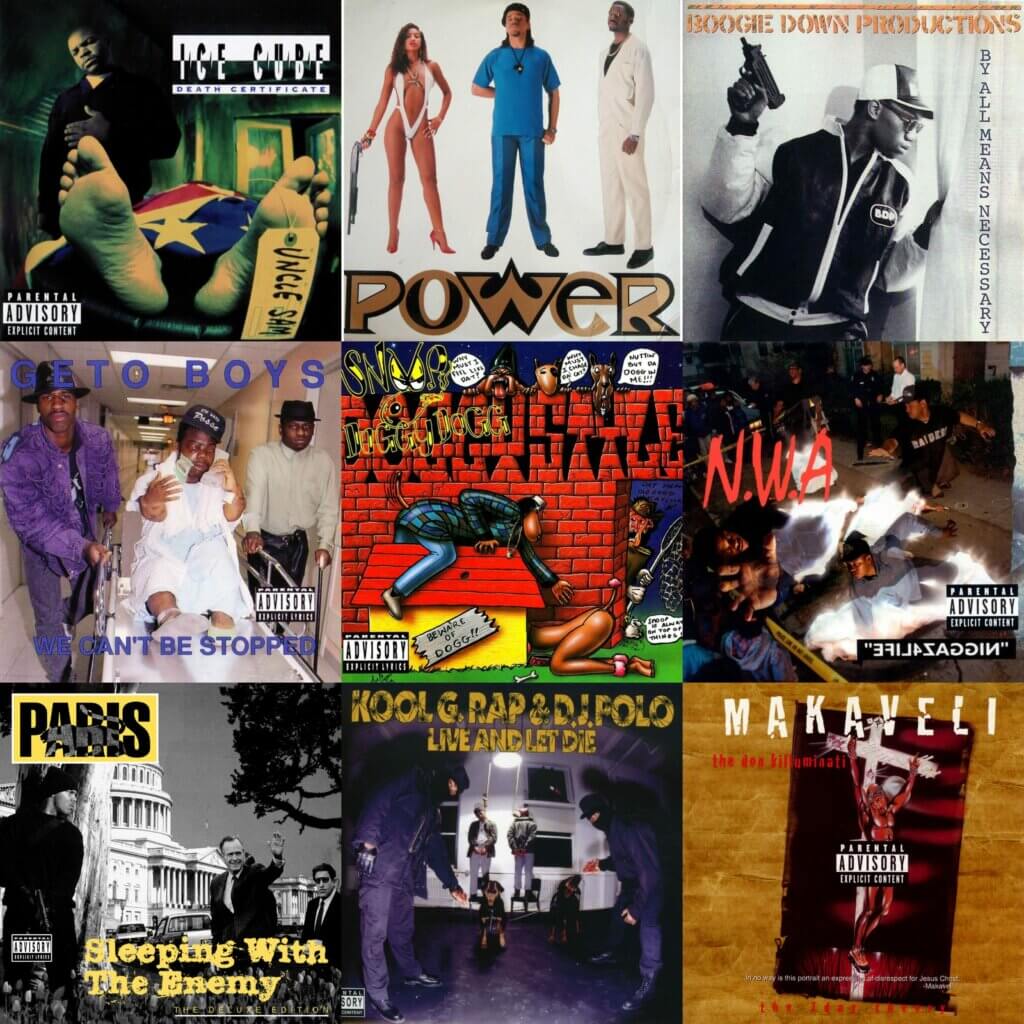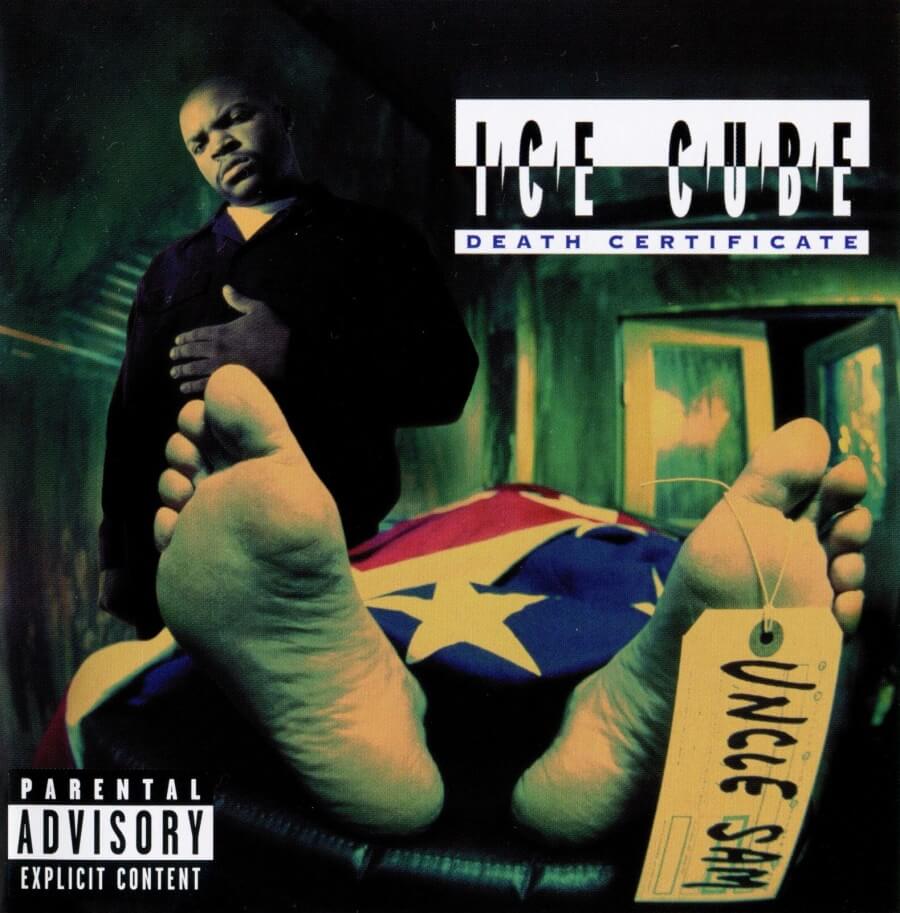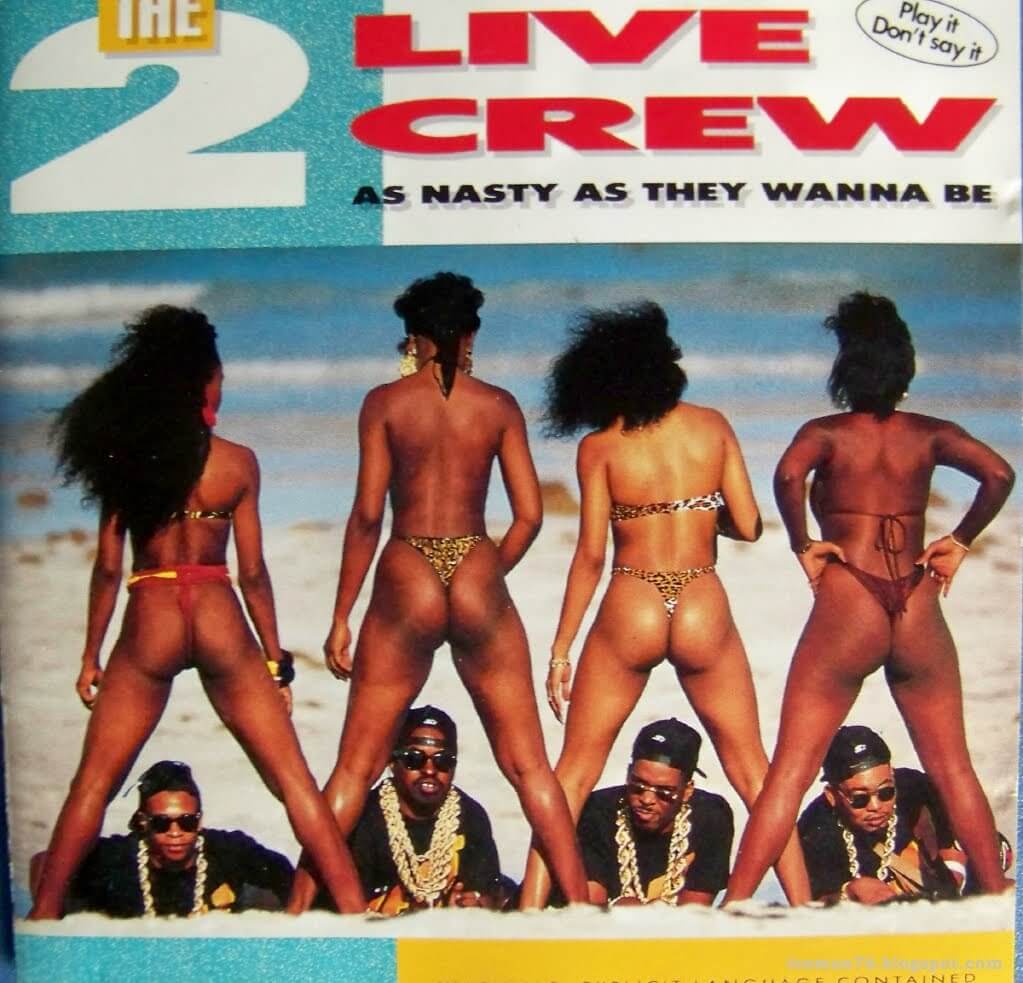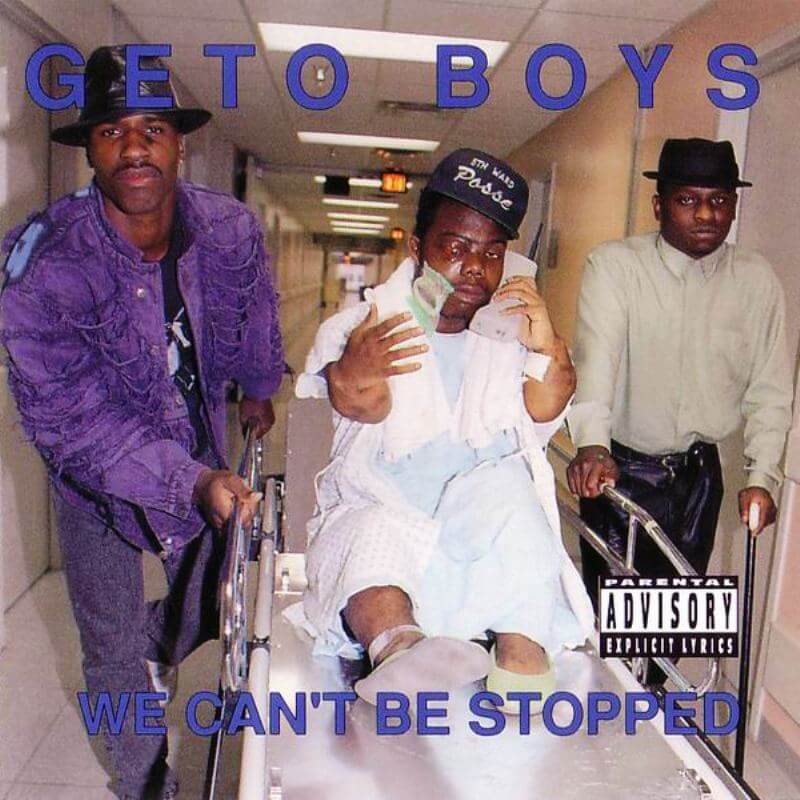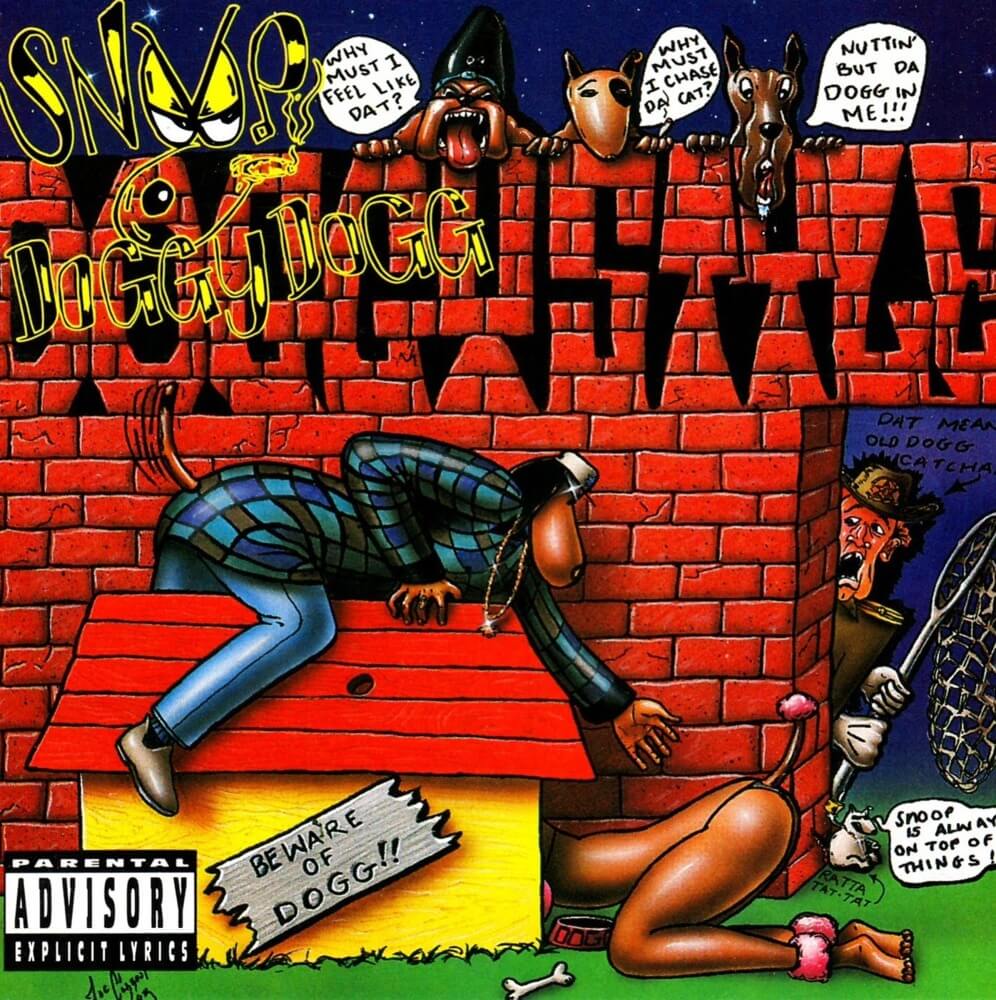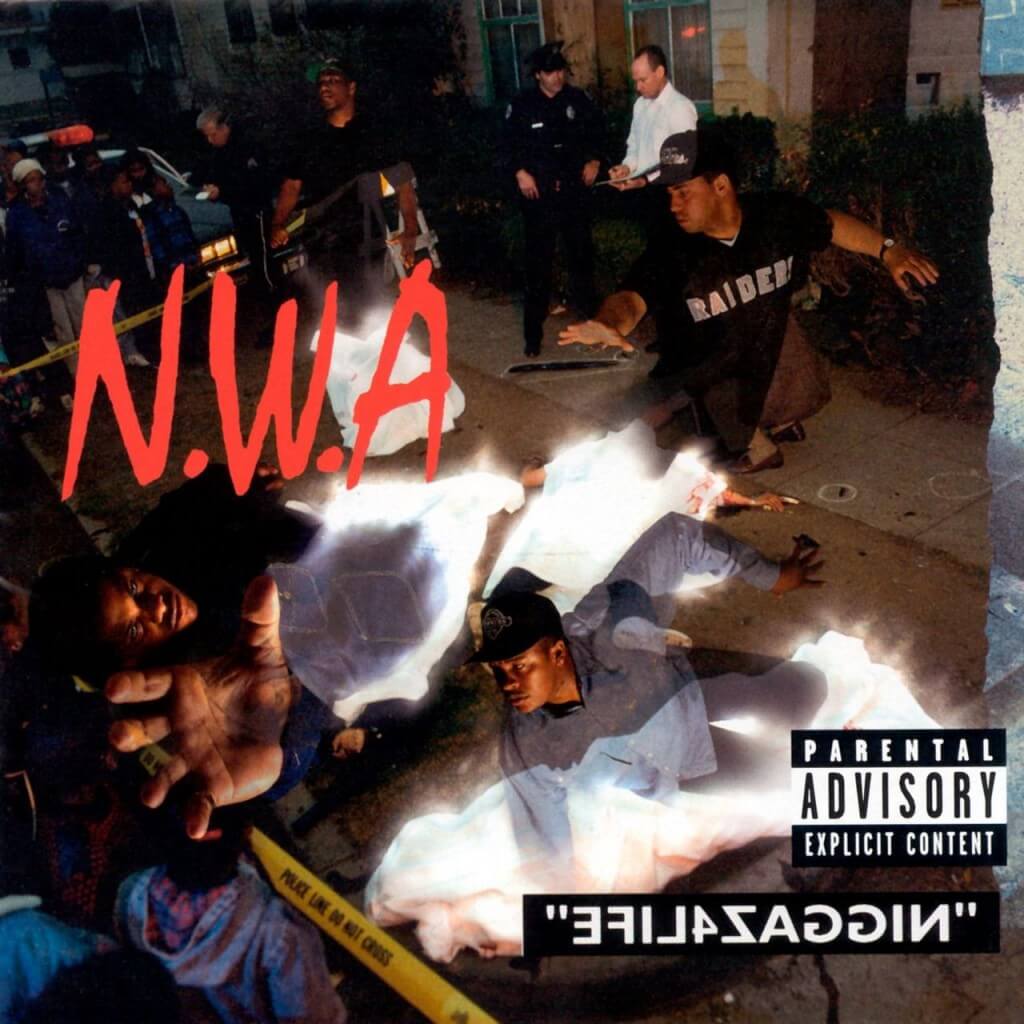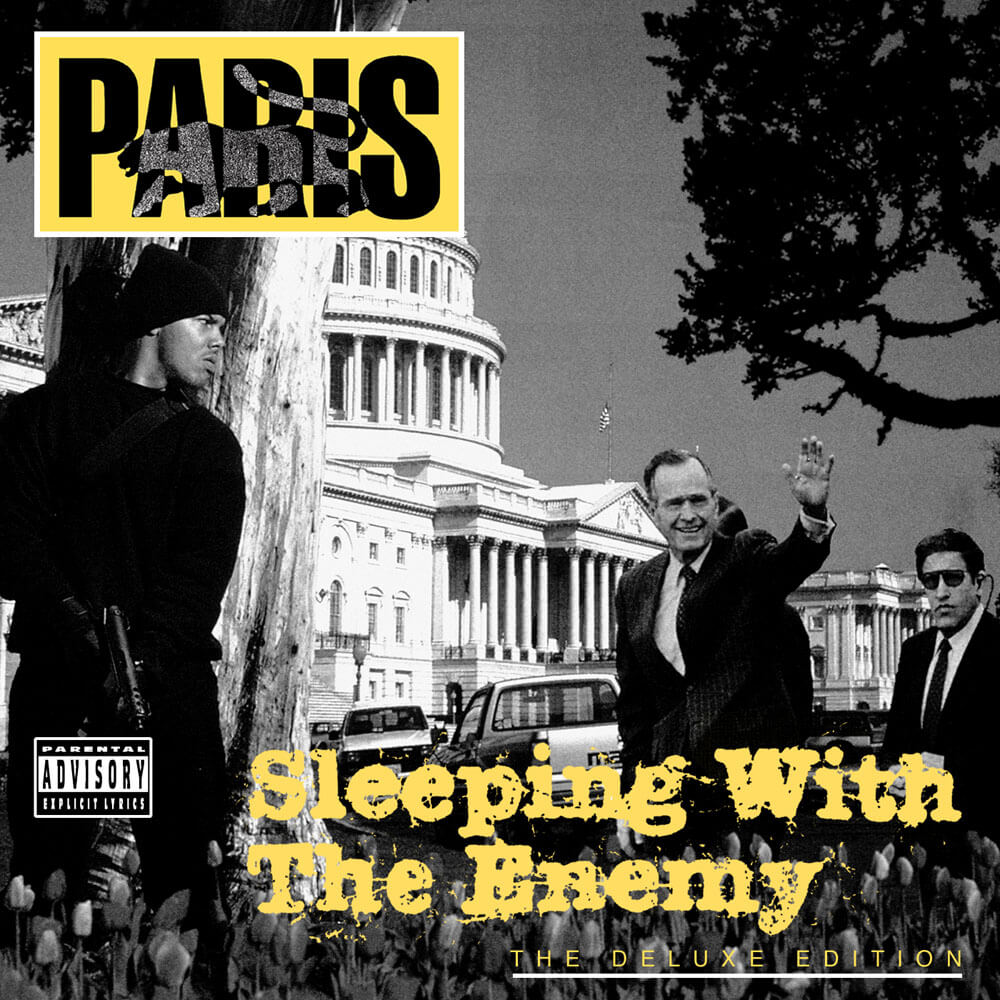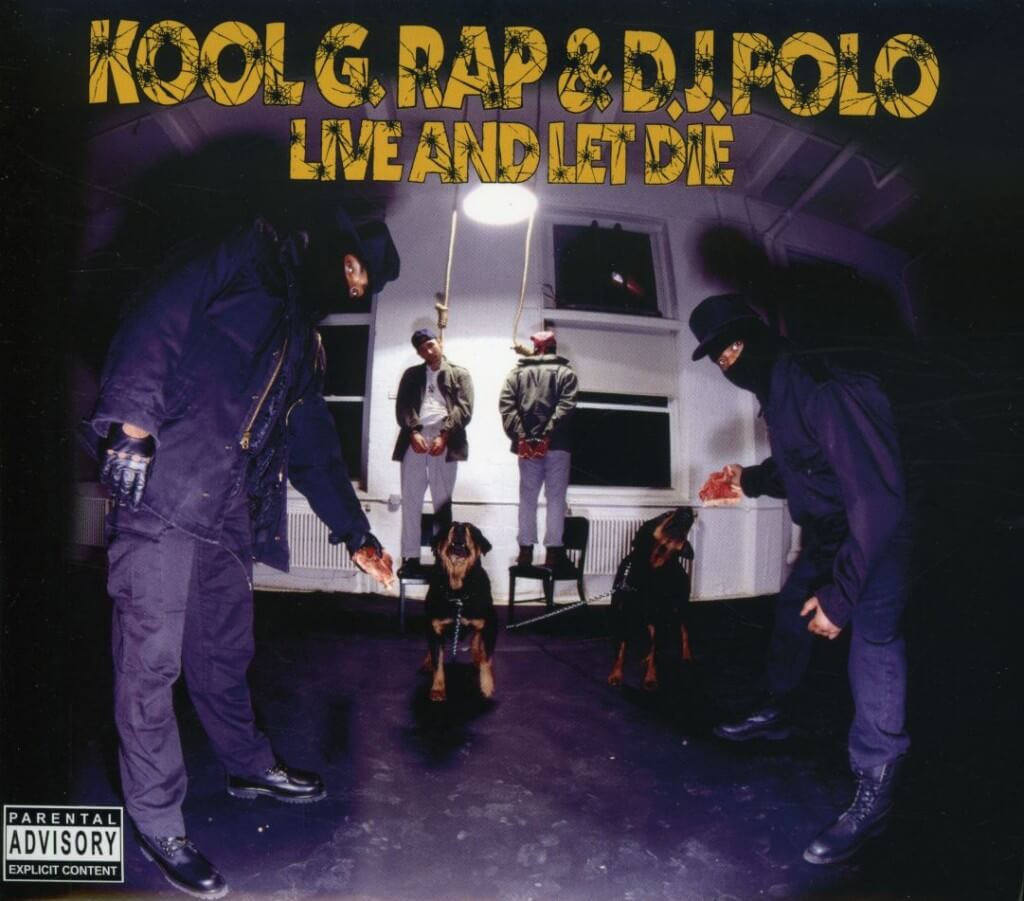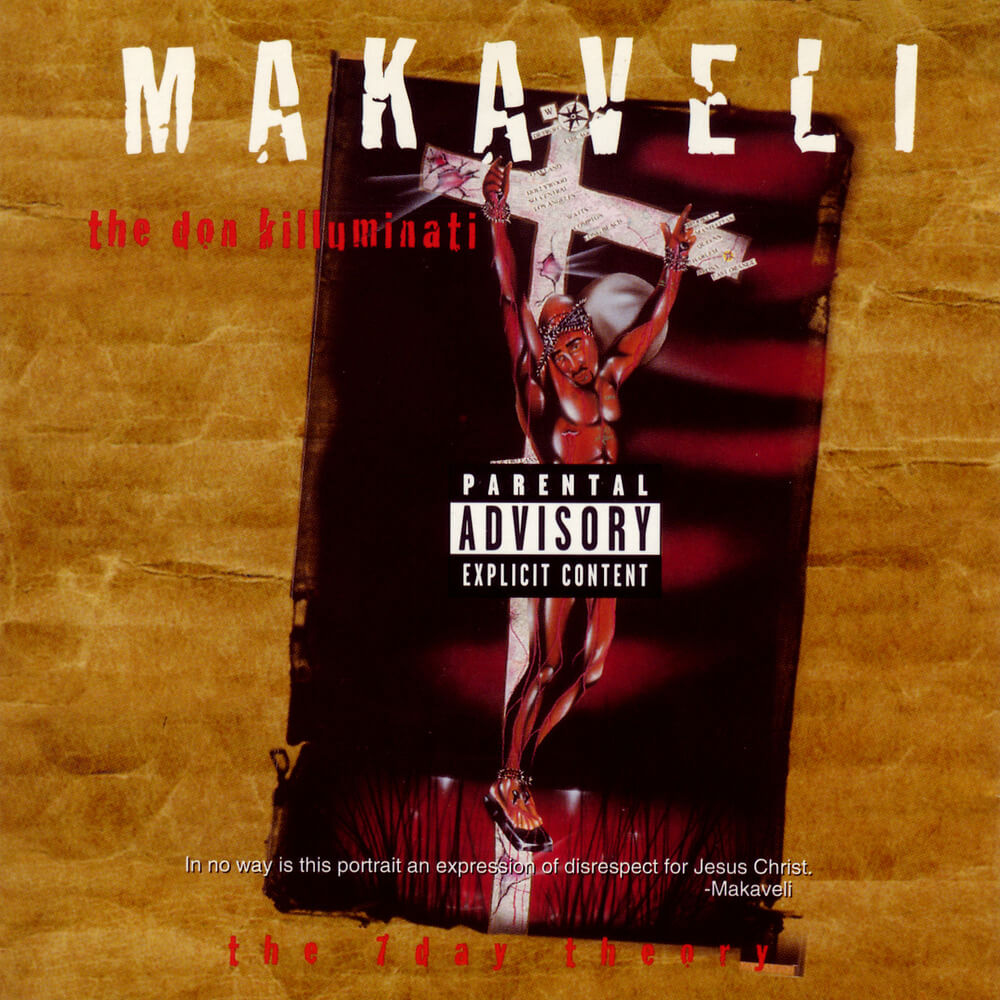10 Controversial Album Covers: What constitutes a controversial rap album cover? Today, it seems as if anything goes. Cop a look at Nicki Minaj’s twerk-inspired album cover, Anaconda. Back in the day, some rap artists went all out when it came to designing album covers, resulting in a mixture of scandalous albums that definitely garnered a buzz. These album covers were overtly sexual, encompassed violent fantasies, even graphic imagery but they all were over the top. In fact, there was a time when the covers of rap albums were just as debatable as its lyrics. In the spirit of Hip Hop’s Golden Age, here are 10 controversial rap album covers (no particular order), that were provocative at the time, caused an outcry, and in some cases, were yanked from record store shelves.
Death Certificate - Ice Cube (1991)
Before Ice Cube wrote, produced, and directed multi-million dollar movies. The Straight Outta Compton rapper penned an array of ferocious lyrics for his second solo album, Death Certificate. The cover shows a dead white corpse toe-tagged “Uncle Sam,” as Cube gives his signature snarl. It’s highly hostile position toward politics and race, paired with the cover’s blatant death wish for the United States, resulted in a statewide ban of the rapper’s image in the state of Oregon.
Power - Ice-T (1988)
Not long ago, Ice-T was a rapper, not a “Law & Order” detective. In fact, Ice-T’s sophomore album Power became subject of controversy when released thanks to the provocative pose that Darlene Ortiz (girlfriend at the time) struck while holding a shotgun in a skimpy bikini. In 1988, the album cover was a bit risqué for the time but is far from shocking these days.
As Nasty As They Wanna Be - 2 Live Crew (1989)
Independently released in June of 1989, the Miami-based rap group sold one million records in less than a year inspired by the sex-driven singles “Me So Horny” and “C’mon Babe.” By spring of 1990, the group was fighting for their First Amendment freedoms at their high-profile obscenity trial. The cover, along with the album lyrics, infuriated parents and became a target for Tipper Gore’s Parents’ Music Resource Center. A federal district judge also ruled that the album as a whole was obscene and made it illegal for people to own it (the ruling was later overturned by the Eleventh Circuit).
By All Means Necessary - Boogie Down Productions (1988)
In 1987, after Boogie Down Productions’ Scott La Rock’s murder, Krs-One posed for their second album cover alone, staring out a window surveying for enemies, gripping an Uzi as Malcolm X had his rifle two decades before (a nod to Don Charles’s famous photo). The landmark political-orientated album covered social issues that included government-sanctioned poverty, government & police corruption, safe sex, and violence in the Hip Hop community. The album’s cover portraying an infamous militant-inspired pose paired with its controversial lyrics ruffled a few feathers in the music industry.
We Can’t Be Stopped - Geto Boys (1991)
The Houston-based pioneers of the dirty south sound seized the moment with their third album cover. The graphic photo that appeared on the cover was taken shortly after Bushwick Bill was shot in the eye during an argument with his then girlfriend. Scarface, Wille D, and several Geto Boys associates convinced Bill to take a photo at the hospital for the album cover, eventually agreeing. It was a disturbing image, and proof about how “real” the group was.
Doggystyle - Snoop Doggy Dogg (1993)
Doggystyle was Snoop Doggy Dogg’s major solo debut album and an instant success. The album title alludes to the “doggy style” sexual position and was a reference to the rapper’s name. Unfortunately, the cover didn’t impress civil rights activist C. Delores Tucker and her campaign against “gangsta rap.” In 1994, the album’s inner sleeve artwork was introduced as evidence at a hearing on Commerce, Competitiveness, and Consumer Protection in Washington D.C. Moreover, critics believed it adhered to the narcissistic and sexual lyrical themes of “gangsta rap.” Technically, there was nothing explicit on the cover of Snoop’s debut album. It was just highly suggestive.
Efil4zaggin - N.W.A. (1991)
By 1991, N.W.A. was the most controversial rap act of all time. However, they really took it up a notch with their follow-up. The album title appears as a mirror image of the word “N***AZ4LIFE.” Since the album contained the word “n***a” in it, in some publications it had to be edited out as Straight Out of Compton 2. It also had the dubious distinction of being banned outright in the United Kingdom. Clever, but it still pissed off a lot of angry white suburban moms, liberal & conservative politicians, and the Parent Music Resource Center for its profanity and references to various sexual acts.
Sleeping With the Enemy - Paris (1992)
The initial album cover for Sleeping with the Enemy had Paris hiding behind a tree prepared to assassinate then-President George Bush. Due to the cover art and songs like “Bush Killa” and the cop-killing anthem, “Coffee, Doughnuts, & Death”, Warner Bros. refused to release the Oakland rappers second album. So Paris left the label and put it out on his own Scarface Records.
Live And Let Die - Kool G Rap and DJ Polo (1992)
Month’s prior to Kool G Rap and DJ Polo’s third and final album, Ice-T released his notorious Body Count single, “Cop Killer.” So when the rap duo took their album to Warner Bros. complete with the album’s cover art that featured two guys getting hanged, the label refused to distribute it as part of a deal that they had with Cold Chillin’ Records.
The Don Killuminati: The 7 Day Theory - Makaveli (1996)
When, “2Pac’s, excuse me, Makaveli’s” album cover was originally developed, it was meant to be an artistic statement of how 2Pac felt about the media’s treatment of him. He reportedly felt that they were crucifying him. After the album was released people began wondering whether Death Row was trying to compare 2Pac to Jesus. And even though the album included a disclaimer, “In no way is this portrait an expression of disrespect for Jesus Christ,” the album cover still offended a lot of religious people.
